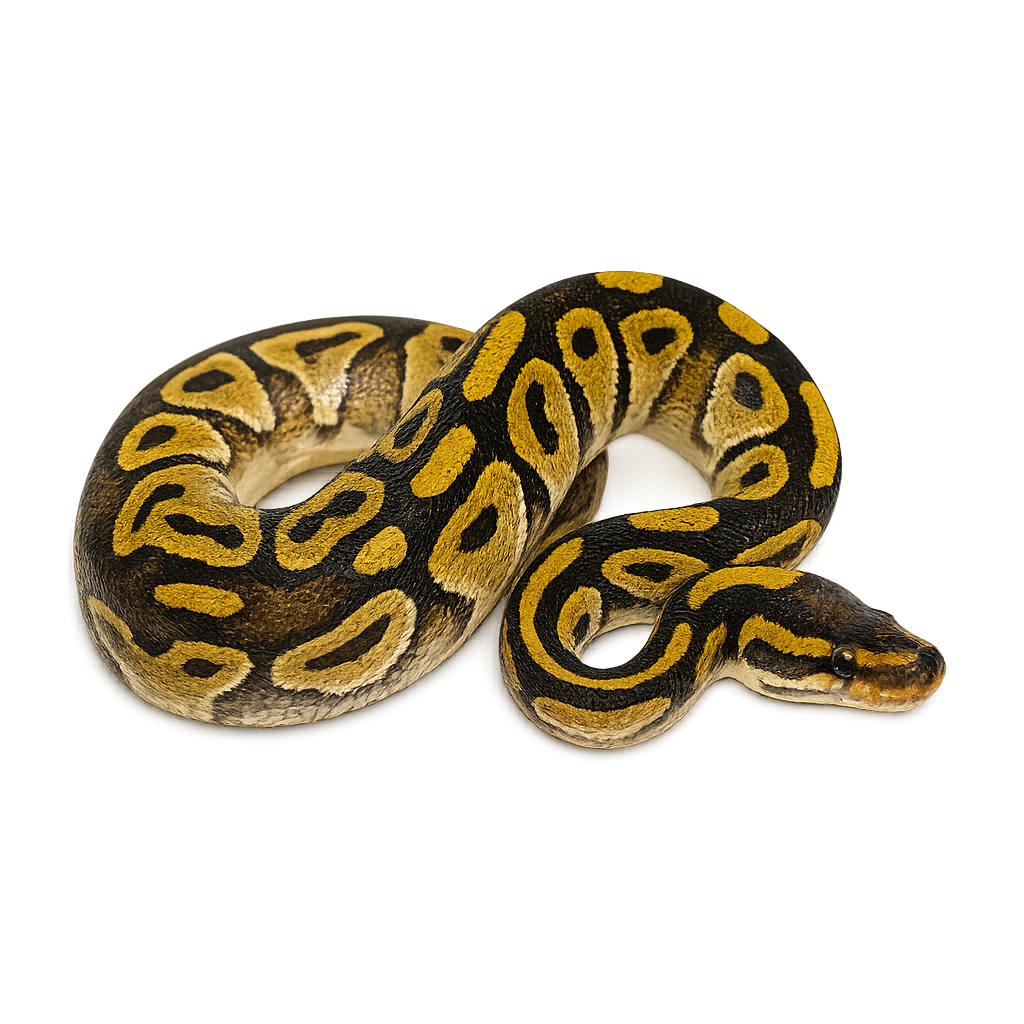Your wildlife photography guide.
Explore the ball python in detail, study its behavior, prepare your shots.
Where to observe and photograph the ball python in the wild
Learn where and when to spot the ball python in the wild, how to identify the species based on distinctive features, and what natural environments it inhabits. The WildlifePhotographer app offers tailored photography tips that reflect the ball python’s behavior, helping you capture better wildlife images. Explore the full species profile for key information including description, habitat, active periods, and approach techniques.
Ball python
Scientific name: Python regius

IUCN Status: Least concern
Family: PYTHONIDAE
Group: Reptiles
Sensitivity to human approach: Tolerant
Minimum approach distance: 3 m
Reproduction period: March to April
Incubation: 52–60 jours
Births: March to April
Habitat:
Savannas, forests, grasslands
Activity period :
Mainly active at night, generally discreet during the day.
Identification and description:
The Ball python, or Python regius, is a constrictor snake native to West and Central Africa. It is favored for its modest size, typically measuring between 90 and 120 cm as an adult, although some specimens can reach 150 cm. Its skin features patterns of dark brown and black spots on a light brown or golden background, providing effective camouflage in its natural habitat. This snake is primarily nocturnal and prefers humid environments such as savannas, forests, and grasslands. In captivity, it is prized for its docile temperament and ease of care, making it a popular choice among reptile enthusiasts.
Recommended lens:
100 mm – adjust based on distance, desired framing (portrait or habitat), and approach conditions.
Photography tips:
To photograph the Ball python, it is advisable to use a lens of 100 mm or more to capture precise details of its skin and unique patterns. Patience is key, as this snake is primarily nocturnal and may be more active at dusk. Aim to photograph in soft natural light conditions to avoid glare on its shiny skin. If possible, try to capture the snake in its natural habitat to add context to your images.
The WildlifePhotographer App is coming soon!
Be the first to explore the best nature spots, track rutting seasons, log your observations, and observe more wildlife.
Already 1 430 wildlife lovers subscribed worldwide

